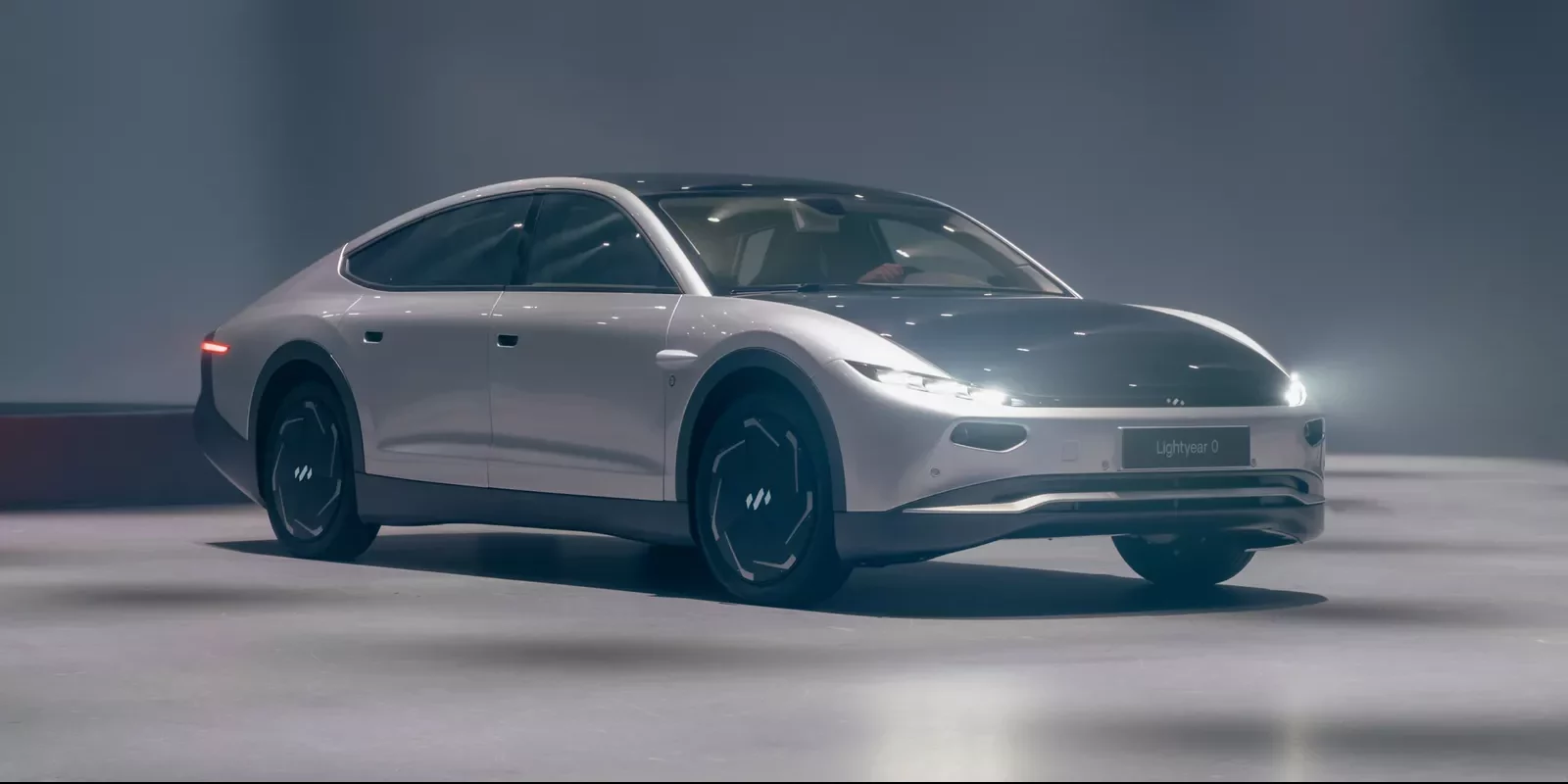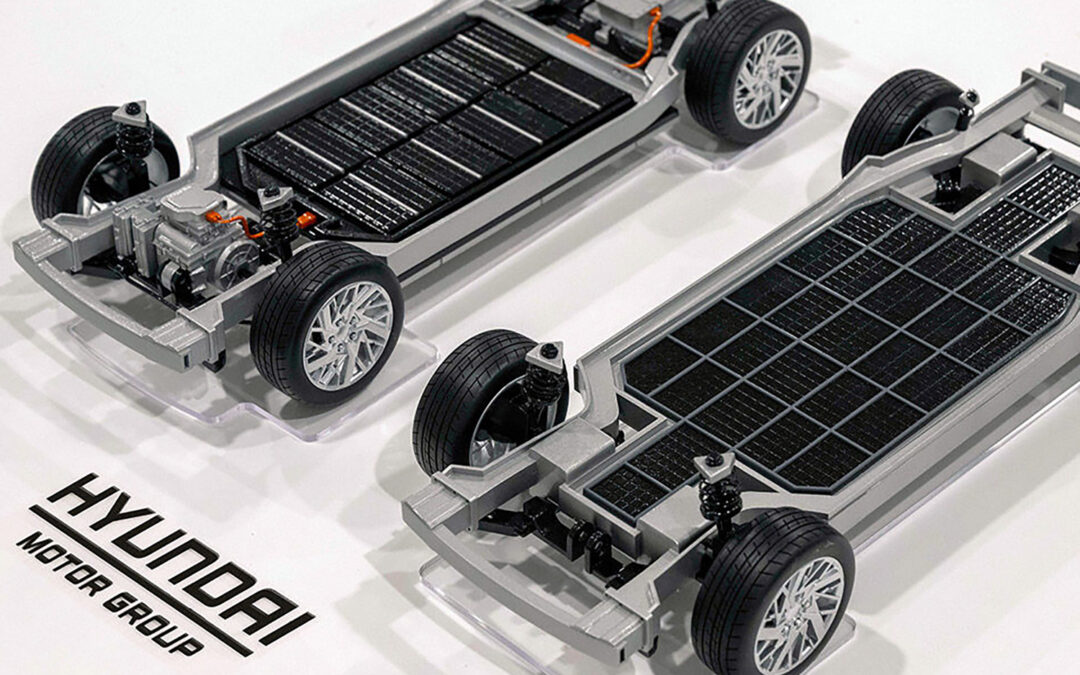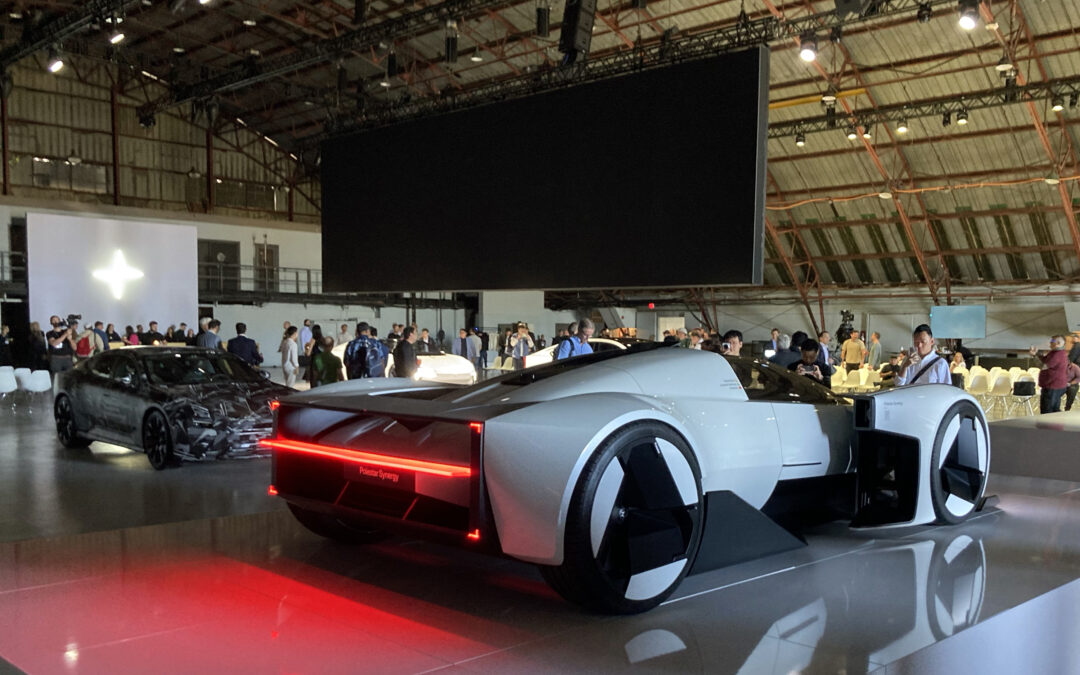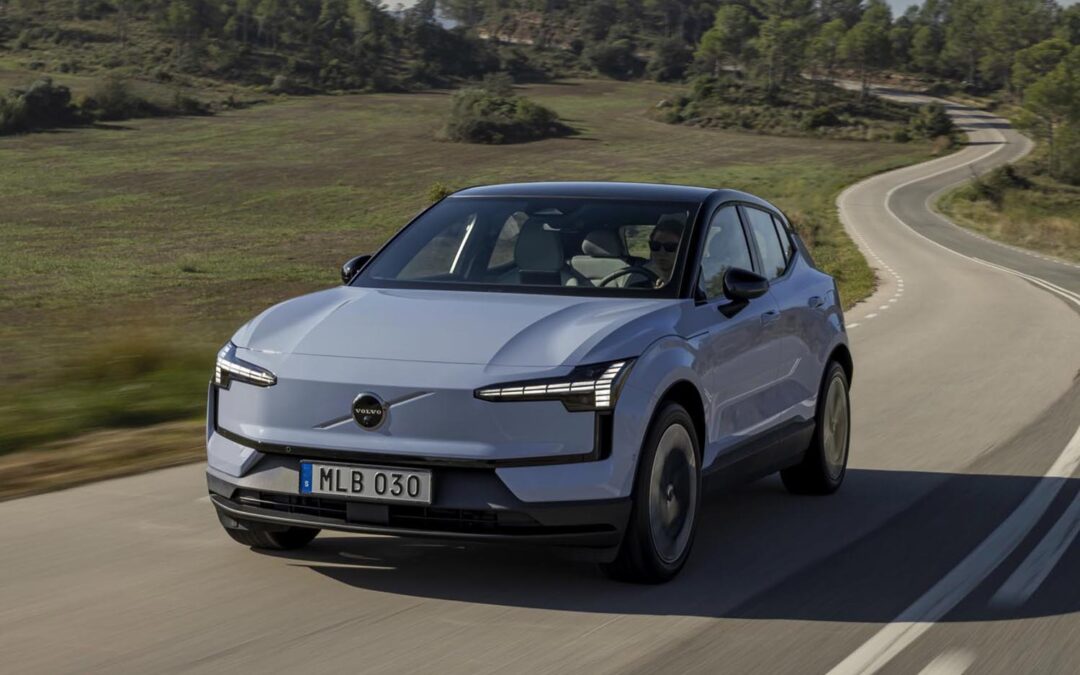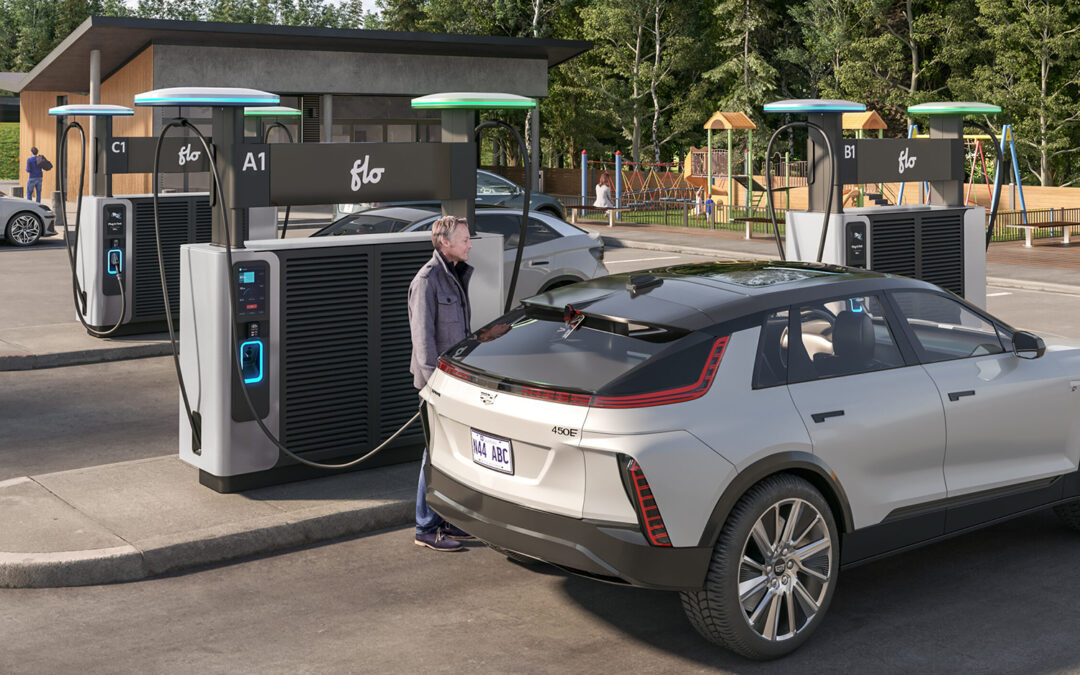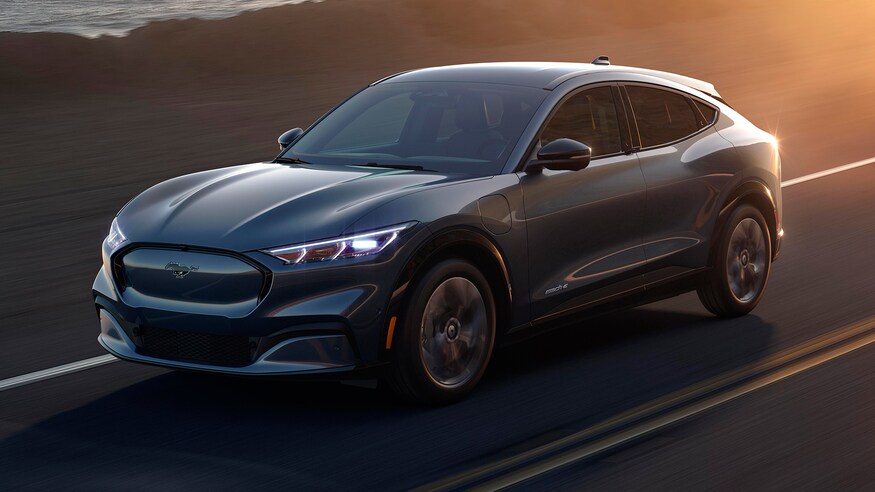Dutch solar EV start-up Lightyear has presented its first production-ready vehicle following six years of development.
First unveiled as ‘Lightyear One’ back in June 2019, the ‘0’ combines energy drawn from solar panels with four electric motors integrated into each wheel hub, the latter a system developed by Slovenia-based Elaphe Propulsion Technologies that reduces energy-loss through heat and friction to just three per cent.
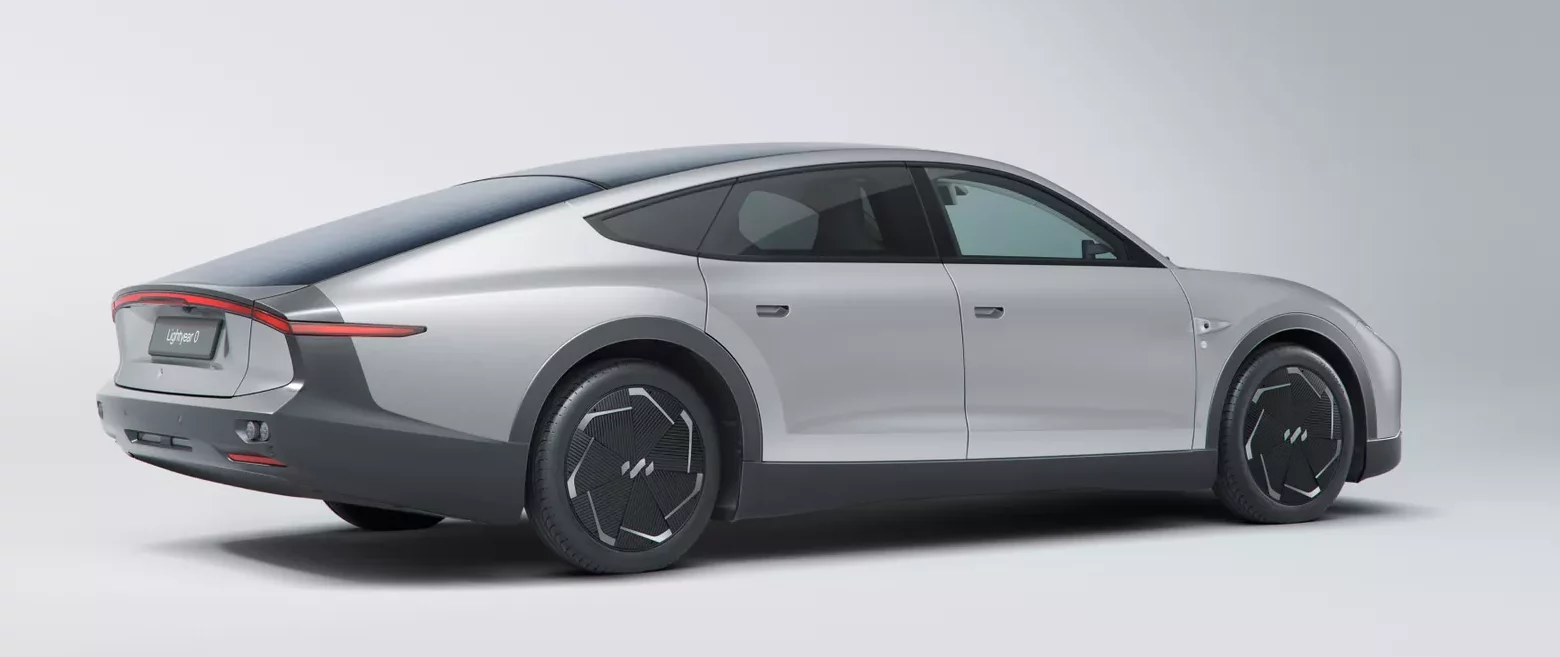
Lightyear 0
Though a numerical step back, the name for what the Dutch independent calls “the world’s first production-ready solar car,” ironically refers to the company’s belief that solar-electric propulsion can be a step forward for the motoring industry. As for the ‘Lightyear’ name itself, the claim is made that up to 9,460,000,000,000 fossil-fuelled kilometres – or one light year – are completed en-masse every year, the hope now being to drive the equivalent of one light-year on solar power by 2035.
“Electric cars are a step in the right direction, but they have a scaling problem,” Lightyear co-founder and CEO Lex Hoefsloot explains. “By 2030, we can expect 84 million electric vehicles (EVs) on roads in Europe alone. There’s no hiding from it: access to charging stations will not keep up with the demand for electric cars. To minimise plug-charging and maximise range, the industry’s strategy, so far, has been to add batteries. That increases the carbon footprint of production and, in turn, boosts weight and the need for high-power charging stations.
“Our strategy flips that approach. Lightyear 0 delivers more range with less battery, reducing weight and CO₂ emissions per vehicle.”
In terms of range, the 0 is off to a good start with an estimated 625 km, and a consumption rate of 10.5 kWh / 100 km. This admittedly is a drop from the company’s original targeted range of 725 km and 8.5 kWh / 100 km when the prototype was first unveiled in 2019, though admittedly this figure does not take into account the vehicle’s solar cells. Five square-metres of solar cells envelope the sedan’s roof, and are said to support the 60 kW battery pack with an additional 70 km per day, bumping that estimated solar-electric range up to a theoretical 695 km. Based tests conducted in southern Spain, the solar panels alone could conceivably provide up to 11,000 km of range per year all on their own.
A further contributing factor is the bodywork, which minor detailing like the modernized headlamps aside, has not changed vastly from its prototype debut. The low-drag shape has created a remarkable 0.19 cd drag co-efficient, which undercuts even the aerodynamically-lauded Mercedes EQS, while the 1,575 kg unladen weight is impressively low for an electrified vehicle.
In a slightly baffling approach, Lightyear does not provide the capacity at which the 0 can be recharged, but rather the equivalent speed: the charging power of the solar panels for example is 1.05 kW, or the equivalent of 10 km/h; charging from a domestic socket corresponds to 32 km/h, while fast-charge – maximum capacity of which we, again, are not provided – is a notably sprightly 520 km/h.
Customer deliveries of the renamed prototype-turned-production model – now ‘Lightyear 0’ – are set to begin this November, following refinement tests this month and the start of production in Finland during the fall. Prices are set to begin from a lofty €250,000 (around $336,000 CAD), though Lightyear has previously stated its intention of producing just 946 units.
